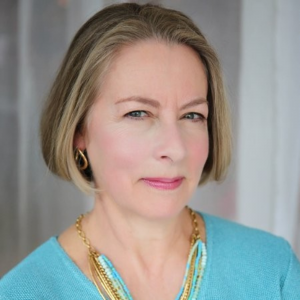Meaningful Business (MB): 18 months on, how has the pandemic affected your ability to support the communities you serve?
Snigdha Sahal (SS:) The pandemic has been an eye-opener in more ways than one. At Action Against Hunger India, we primarily work to prevent malnutrition in children and mothers in the most remote and underserved regions, or in urban areas where knowledge and affordability don’t go hand in hand. During the pandemic, we have seen the health services crumbling, incomes dwindling, access to people restricted, and food insecurity increasing manifold.
In a country that already accounts for roughly 30% of the world’s malnutrition burden, food insecurity brought in by reduced incomes threatened to further push vulnerable families towards undernutrition. Over 82 million children under six years of age and 19 million pregnant and lactating women receive crucial health services through the government, which was severely impacted.
In a nutshell, the pandemic made the degree of vulnerability become steeper.
It has been a very trying time for us, as we had to halt many of our activities as per Covid-19 guidelines issued by the national and state Governments. A bulk of our malnutrition prevention work revolved around consistent engagement with pregnant and lactating mothers and their families through home visits, group discussions and information sessions. With our operations spread across 577 villages in three states, this meant reduced to no access to thousands of children, pregnant and new mothers and their families.
We had to re-think the entire structure of our programme, but were able to come up with some variations and deliver it, for example, moving to tele-counselling to ensure continued engagement with vulnerable families. We also trained families and caregivers to check on the first signs of malnutrition through mid-upper arm circumference (MUAC) tapes. At the same time, we delivered more than 400 tonnes of food and did large-scale awareness campaigns on hygiene and social distancing.
MB: What is the biggest challenge you expect to face over the next year?
SS: As we all adjust to the new normal, and life is coming back on track, we are realising that the aftermath will take a very long time to overcome. Not only have the known problems become bigger, there are new and unique problems surfacing too. For example, there are children who have lost both their parents to the pandemic. There are also families where all the income earning members have passed away. To me, the biggest challenge is to be able to assess the multi-level impact, before going back to implementing any projects on ground.

Snigdha Sahal, CEO & Executive Director, Action Against Hunger India
MB: What can businesses do to support your work?
SS: Many businesses came forward and opened their wallets for people in need globally, which has been a huge support. However, NGOs have been equally affected by the pandemic – impacted workforce, reduced funding, expectation of 100% of funds reaching the field etc. have all been impediments in growth. In my opinion, businesses should get into collaborative mode and start funding unconventionally. If more businesses decide to fund the risk capital for non-profits, there is bound to be innovation. There are so many interesting avenues to fund – research, experimental/pilot projects, salaries of qualified professionals, marketing, impact assessments and advocacy – all leading to better ideas and new ways of thinking.
MB: Many small, on-ground, charities have been heavily affected, with limited access to large corporate and public sector grants. How can they continue to expand their impact?
SS: Firstly, collaborations. Non-profits pooling resources and ideas and combining their efforts may just be the key to creating catalytic impact. Secondly, I feel most organisations need to go back to the drawing board and come up with innovative programmatic ideas. To remain relevant, there is a dire need for holistic and integrative models, data backed new approaches, and most importantly considering COVID and its affect in all programmes.
MB: Can you share examples of successful private sector partnerships which have helped increase the positive impact of humanitarian work?
SS: We have been blessed with some of the most successful private sector partnerships that a non-profit can pray for. For us, one of the things that has worked significantly well during the last 18 months is having private sector partners who are agile and flexible. For example, when the first wave of pandemic hit us, we were very unsure of how we would reset the expectations of some partners as on-ground work was getting impacted. However, four of our major partners very quickly adapted and approved to moving funds to immediate pandemic support. Three of our biggest private sector partners pooled extra money enabling us to do quick and immediate delivery on ground in all the areas we work in.
___







